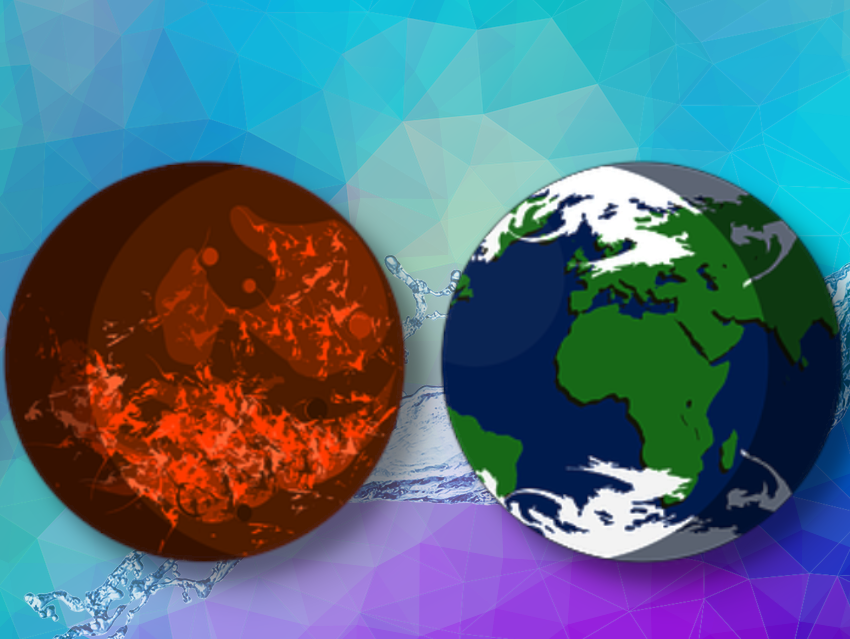Venus was once a potentially hospitable planet that might have had oceans, but as the young Sun grew stronger, the intense radiation caused an extremely strong greenhouse effect that evaporated the oceans and turned Venus into a hot, dry world. Over time, Venus lost most of its water as the solar wind carried the water vapor out into space. Venus now has 100,000 times less water than Earth, a discrepancy that cannot be explained by conventional models.
Michael S. Chaffin, Eryn M. Cangi, University of Colorado Boulder, USA, and colleagues have used computer modeling to simulate Venus’s atmosphere and identified a chemical reaction involving formyl cations (HCO+) that constantly converts water and carbon dioxide into hydrogen and carbon monoxide. This reaction is responsible for a significant loss of water, as hydrogen is easily stripped away, maybe escaping into space, and explains the planet’s extreme aridity. The process had been overlooked so far due to a lack of suitable detection instruments on space missions, the researchers believe.
If the team’s hypothesis is true, HCO+ should be one of the most abundant ions in the atmosphere of Venus. To date, no spacecraft has ever detected HCO+ in the Venusian shell. The researchers say this is because they lacked the appropriate instruments. The spectral signature of the formyl cation can only be unambiguously detected with very high-resolution spectrometers and by measuring hydrogen isotopes. However, the few Venus missions to date have not carried such instruments. The researchers hope that future missions will be able to make such measurements and provide more data on Venus’s water loss.
- Venus water loss is dominated by HCO+ dissociative recombination,
M. S. Chaffin, E. M. Cangi, B. S. Gregory, R. V. Yelle, J. Deighan, R. D. Elliott, H. Gröller,
Nature 2024.
https://doi.org/10.1038/s41586-024-07261-y




